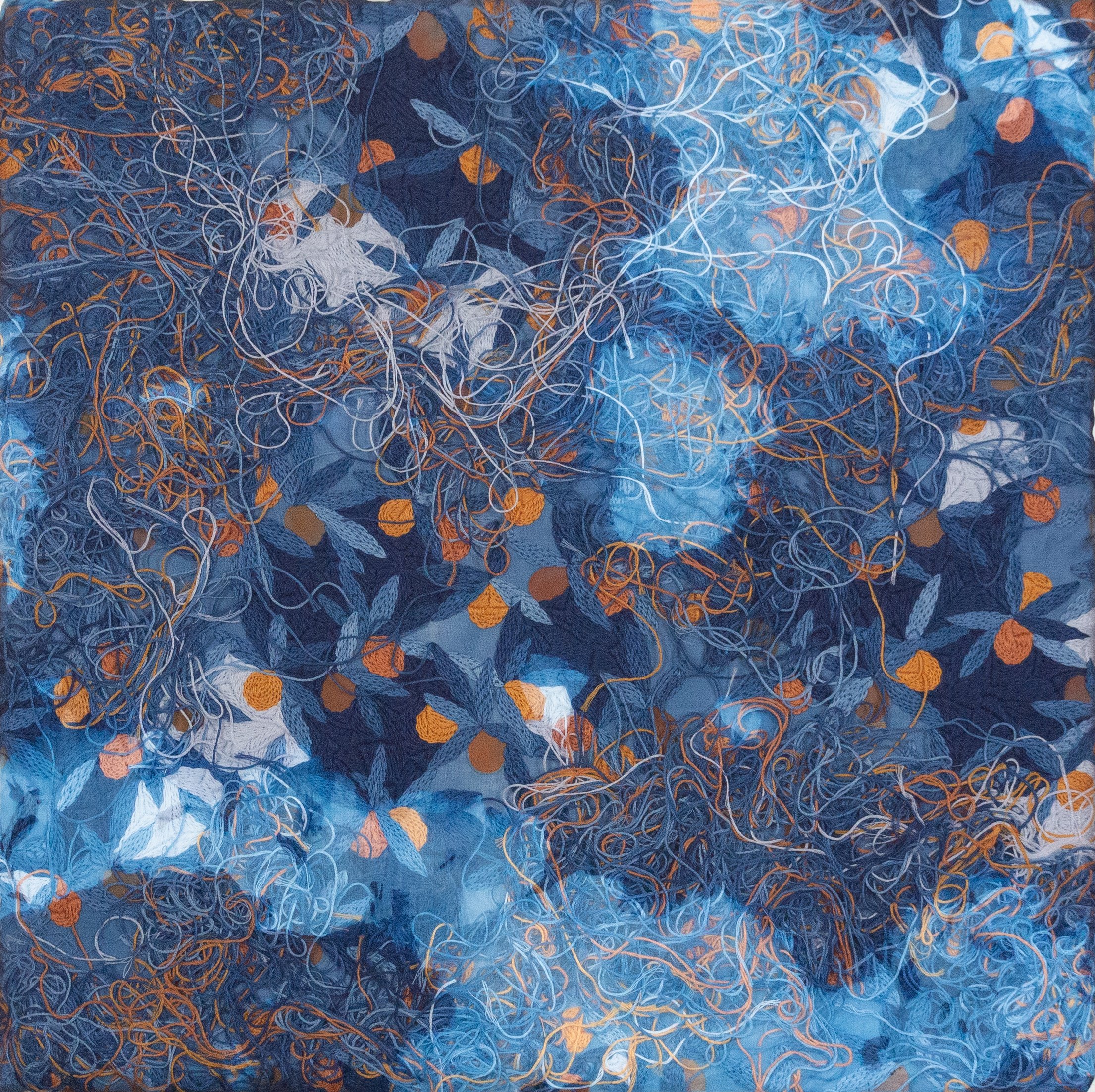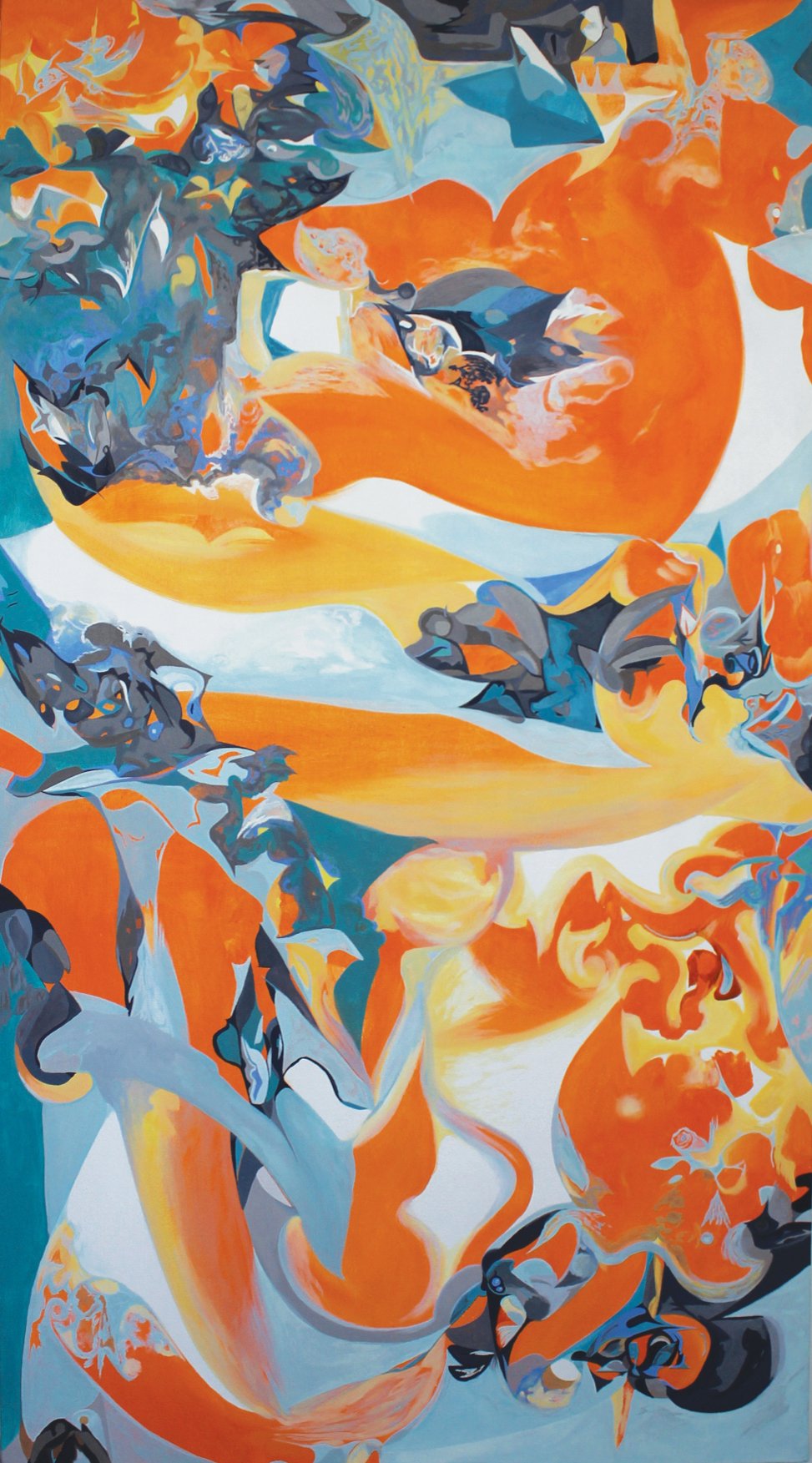ROY Presents: Jamie Walters Kessler | Katie Mongoven | Hannah Musser | Emily Yurkevicz
ROY asks
What is your name and what pronouns do you use?
Jamie Walters Kessler, She/Her
How has art (whether it be your own or art in general) changed you?
Art has had an immeasurable impact on my experience and growth. Throughout my life, engaging in art making has allowed me opportunities to reflect on and process experiences, to challenge and critique conventions, and to voice and discuss the philosophies I hold. The influence of artists historically as well as currently practicing artists have informed my understanding of applying creativity to form new possibilities, not only within the potentials of art making but also holistically as a way to influence, represent, and create new possibilities within the structures of culture and society.
How did you start your artistic practice?
I have always, inherently, been an artist and art has always been my primary and most authentic form of communication and processing. I feel it is important to note that art and artists begin and exist outside of formal institutions and that art is an intrinsic part of our human existence and should be accessible to all. However, I began my professional artistic practice when I formally starting working with mentoring artists as a student at Carnegie Mellon University’s School of Art, I quickly identified with the histories of Conceptualism, and interdisciplinary approaches to art making. These philosophies of making valued the idea that creativity and concept could be evoked through material, action, gesture, and forms of non-materiality. In doing so, art making can be freely defined and manipulated by the artist. As a contemporary conceptual artist with an interdisciplinary practice, I incorporate disciplines of social practice, intervention, sound installation, new media, video, painting, and context-based art within my creative practice. Through these methods of making, my work explores and challenges histories of human connectivity and its relationship to themes of technology, labor, landscape, social justice in America, and socio-cultural constructed forms. Both while a student and afterwards, I have had the privilege to exhibit nationally and internationally through The Carnegie Museum of Art, The Miller Institute for Contemporary Art, Feminist Spaces Publishing, Digital America, The Mellon Institute of Industrial Research, The VII International Exhibition of Mail Art Rome, Mid-America College Art Association, Corner Projects Chicago, Rosebud Film Festivals of DC, and the GAZE Film Festival of San Francisco.
When a first-time viewer sees your work, what is the first word that you hope they think when they look at it?
As an artist I engage in art making as a way to affect and inspire change at personal, cultural, and political levels, celebrate the human experience, create platforms of discussion, and present creative solutions and possibilities to socially constructed forms. When engaging new audiences with my work, I try to express the importance and value of social critique and to impart the depth of beauty, strength, and vulnerability within the experience of humanity. With purposefulness, I use the role of the artist to reflect deeply on our individual and collective experiences as a society and express the impact of these experiences on a wider socio-cultural form. I aim to speak to viewers beyond the boundaries of verbal language and make connections through experiences.
Roy asks
What is your name and what pronouns do you use?
Katie Mongoven, She/Her/Hers
How has art (whether it be your own or art in general) changed you?
Art has allowed me to embrace ambiguity and confusion as legitimate answers to
the questions I have about my identity and existence. It is so different from how I
approach every other aspect of my life that it feels both separate and also all
encompassing.
How did you start your artistic practice?
I have always had an artistic practice in that I have always been interested in
combining the tangibility of making work with the intangibility of questions.
When a first-time viewer sees your work, what is the first word that you hope they think when they look at it?
Dualities.
Roy asks
What is your name and what pronouns do you use?
Emily Yurkevicz, She/Her
How has art (whether it be your own or art in general) changed you?
Art is a prayer for the future we hope to see. It is, most simply, an additional form of communication, an offering to the audience and of the artist themselves.
How did you start your artistic practice?
I have a BFA in Fiber from Massachusetts College of Art and Design from 2012. After working as a textile designer in NYC for half a decade, I decided to return to my studio practice, which in turn lead me to Indiana University for my MFA, which I received in 2021. My practice has always been innate to my person; although it has ebbed and flowed in formality over the last decade.
When a first-time viewer sees your work, what is the first word that you hope they think of when looking at it?
Care.




